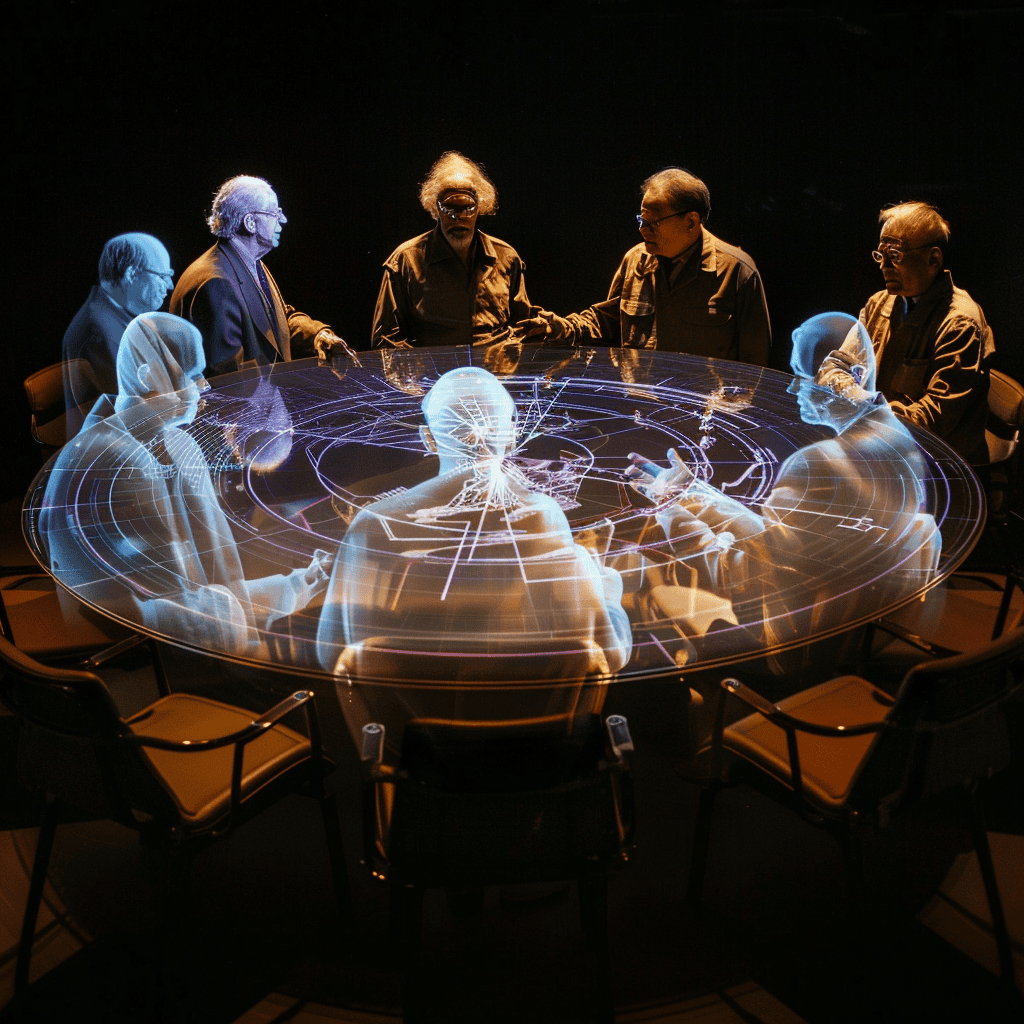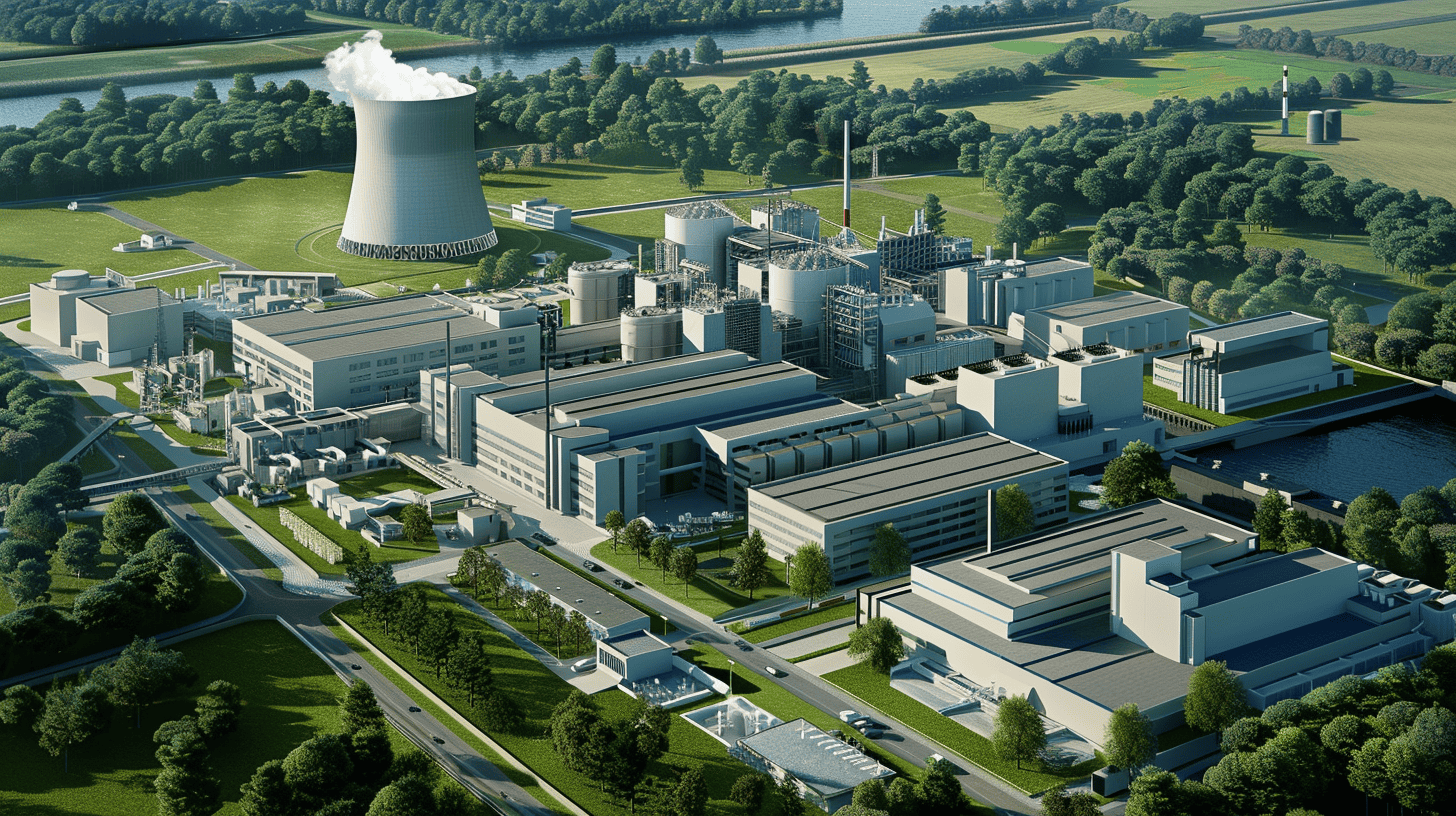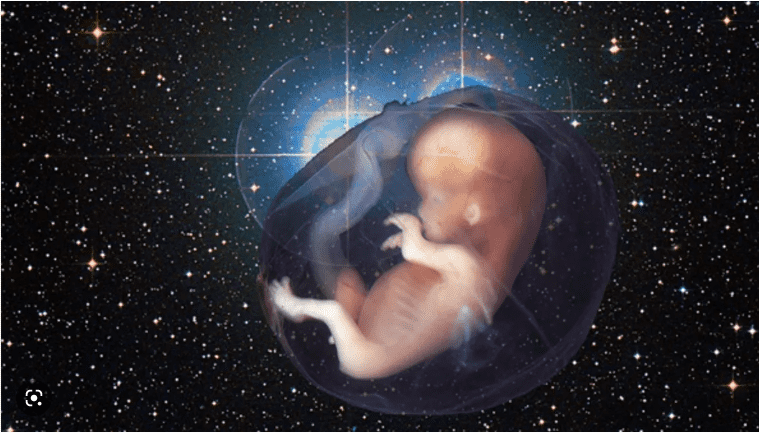
A global pandemic, nuclear threat, and climate change are just a few conditions that threaten life on Earth. Of course, we should be 99 percent focused on planet Earth. But, believes SpaceBorn founder Egbert Edelbroek, a plan B is necessary. Moreover, we can learn a lot in preparing this plan, which will also improve life on Earth.
He is not the only proponent of this plan. For example, Stephen Hawking warned just before he died in 2018 that humans still have about a hundred years to find another planet. Agencies like the National Aeronautics and Space Administration (NASA) and European Space Agency (ESA) are also doing plenty of research into establishing independent settlements on other planets. With that comes the inevitable question of how to reproduce in space. We have yet to determine if – and how – that can be done healthily. The significantly reduced gravity alone in the act itself is inconvenient.
TU Eindhoven’s start-ups and spin-offs
TU Eindhoven (TU/e) is a breeding ground for new ideas that lean on scientific research. Sometimes these ideas grow into spin-offs and start-ups. This brings scientific research one step closer to society. In collaboration with The Gate and TU/e, Innovation Origins puts the spotlight every month on an innovative company resulting from scientific research. This time: SpaceBorn United.
Read the other stories in this series here
Passion for space exploration
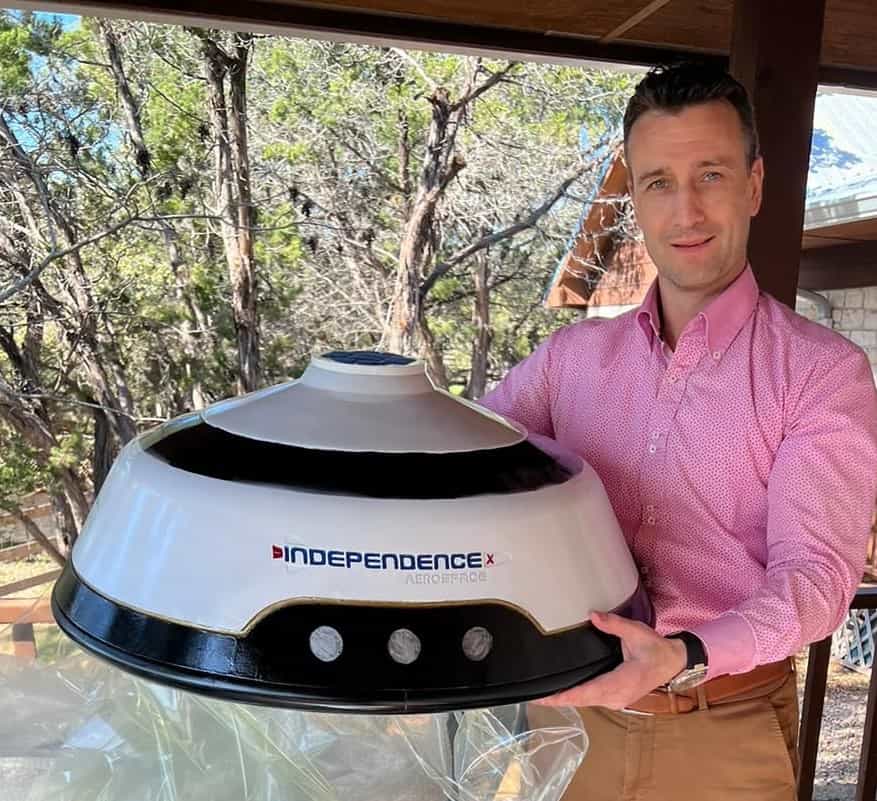
Edelbroek, a doctoral candidate in organization science, has always been passionate about space travel. He learned about various fertility techniques when he became a donor at an IVF clinic seven years ago. From that role, he wondered if these devices – with the necessary modification – could also work in space. He soon found that it posed a tricky issue for agencies like NASA and ESA. “These agencies are paid for by taxpayers, and researching reproduction in space is an ethically complex issue that they can hardly burn their fingers on. So they don’t get much further than experiments with frog cells, fruit flies, or mice.”
So he founded SpaceBorn in 2017. The platform conducts scientific research and translates its findings into space missions and biotech devices. Nineteen experts are now affiliated, and the company acts as a hub between astrobiologists, fertility experts, ethicists, lawyers, satellite and space mission developers, and spacecraft manufacturers. The plan is to enable all stages of pregnancy in space, with the ultimate goal of bringing a baby into the world in space.
Many challenges
Before that happens, many issues still need to be resolved. After all, how do you adequately protect embryos from cosmic radiation? And what about the effect of reduced gravity and g-forces released during launch?
SpaceBorn United wants to find answers to these questions by launching a satellite with a rocket and then sending it into orbit for six days. The company is now focusing on the first two stages of pregnancy: fertilization and early embryo development. Fertilization occurs via IVF, as it is far too early for sex-based reproduction in space. “Ultimately, natural reproduction does represent the goal, but the technological and biomedical maturity of this field is nowhere near enough,” Edelbroek said.
SpaceBorn’s planned missions
– Q3-4 2023: ARTIS test flight
First prototype test in real flight conditions. No biological samples in the satellite.
– Q4 2024: ARTIS Mission I
Validation and technical demonstration for conception and early embryo development in mammals.
– 2025: ARTIS Mission II
Optimized prototype for conception, embryo development, and cryogenic protection.
– 2026: ARTIS Mission III
Application of ARTIS technology to human stem cell embryo development.
– 2027: ARTIS Mission IV
Fully optimized ARTIS technology for human conception, embryo development, and cryogenic protection.
Less gravity
On Mars, the most attractive planet to build life on, gravity is only 39 percent of what we are used to on Earth. “We don’t yet know if that’s enough for the healthy development of embryos. You could find that out on the ground, but that’s enormously time-consuming, expensive, and cumbersome. Our platform can test that much closer to Earth under similar conditions.”
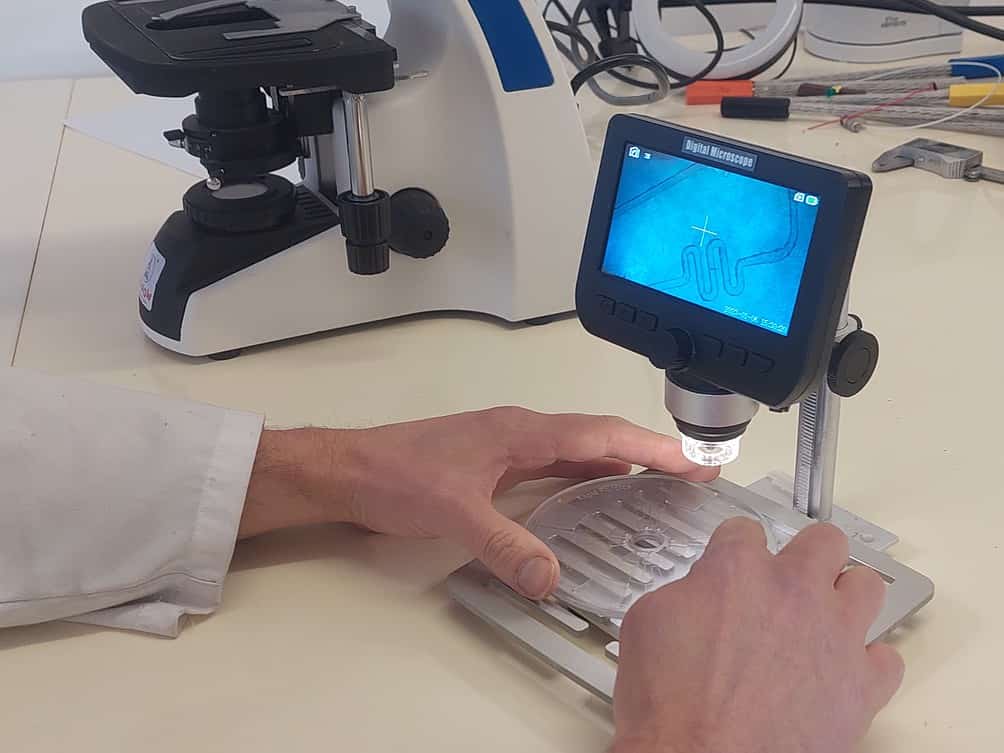
SpaceBorn redesigned an existing embryo incubator. Edelbroek explains that embryos are used to a certain gravity level. “We can adjust that level by placing embryos in a special disk with microchannels. By rotating that disk, we create artificial gravity. So with different rotation speeds, we can test different levels. Suppose we find out that safe embryo development requires at least 62 percent gravity; that’s essential information for NASA and ESA, for example.” If all goes according to plan, the first tests with mammalian cells will be conducted in 2024. The IVF-in-space prototype is already ready, and the first test flight to space will take place this year.
Cosmic radiation
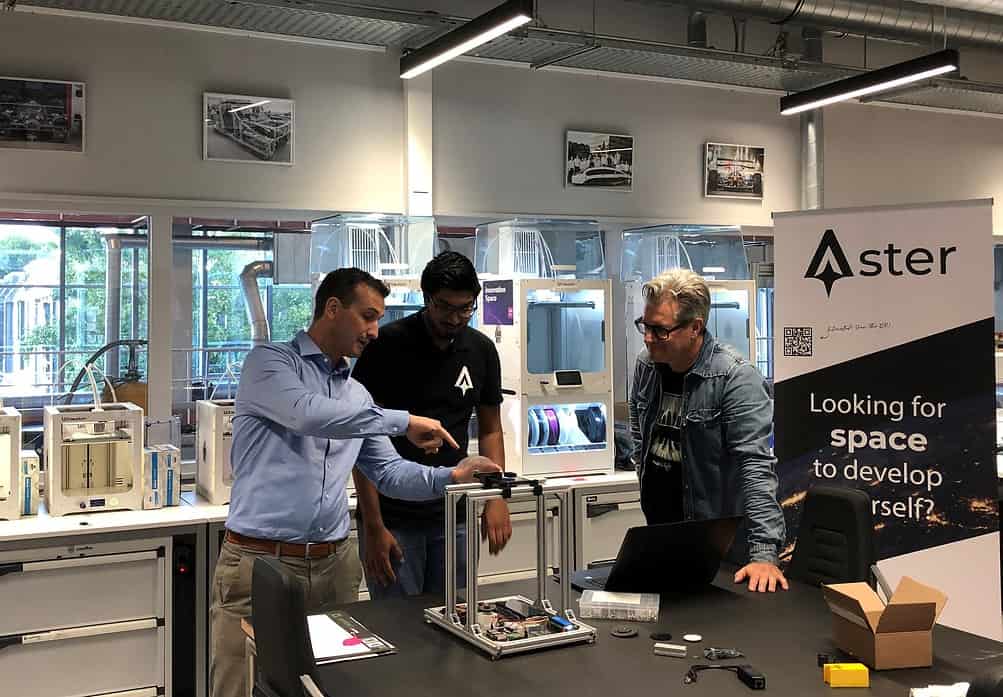
Then there is the danger of radiation. The universe is full of different types of radiation. Even though reproduction occurs inside a satellite, it does not escape substantial exposure. If SpaceBorn is also going to test the later stages of pregnancy, Edelbroek wants to test subjects (donors of sperm and eggs) in advance for their natural resistance to radiation. It will also be possible to see how well cells from test subjects can repair DNA damage.
In addition to its teams of experts and specialized suppliers, Edelbroek is getting help from several universities in England and the United States. Student team TU/e/ Aster in Space is also contributing. “They helped test the disk in which we develop the embryos, and their developed experiment will go aboard on the test flight later this year.”
Funding from space nations and the IVF sector
There is much interest from the IVF sector in funding the missions. While infertility is a growing problem – one in six couples face it – the industry is struggling to improve the success of treatments. “There has been no real improvement for about a decade. For the industry, outcomes from our research are precious. Many factors come into play during treatment. The fluid in which the embryo develops, different levels of radiation, and gravity that affects the epigenetics and resilience of the embryos. All knobs are much harder to turn in this light on Earth than in space. Moreover, IVF on Earth is mostly manual, whereas we want to automate it fully.”
There is also interest from emerging space nations. Whereas the space race was primarily between the United States and Russia, many more candidates – such as China, the European Union, India, and Japan – are now getting involved. The United Arab Emirates is also eager to put itself on the map as a space nation. They approached SpaceBorn, as they would like to attach their name to the claim of the first baby processed in space.

Complex mission
One thing is clear: The field in which Edelbroek moves technologically, ethically, and biologically is complex. Added to that is the fact that the space sector is changing rapidly. Where it used to be only national agencies, an increasingly large private sector is emerging in which only some things go smoothly. For example, a launch company that SpaceBorn had planned to partner with recently went bankrupt. “It’s not easy to put all the puzzle pieces – getting something to space, designing medical equipment, getting something back to Earth, the financial picture – together.”
Still, he pursues his mission unflinchingly and is full of optimism. “For as long as humanity has existed, it has been exploring and pushing its limits. That has brought us far, but there is still much to discover, and I am convinced that we can contribute to that with SpaceBorn.”



